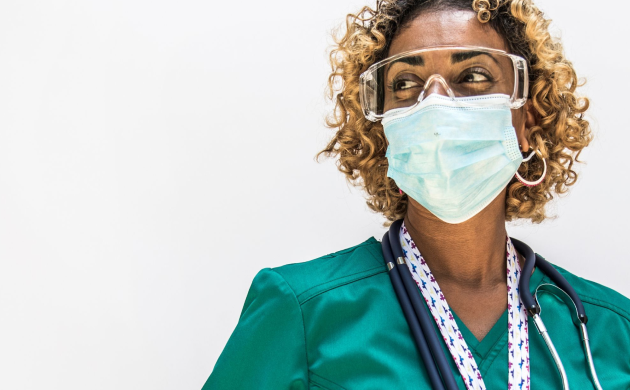
Recognizing and treating an infected cut: the CityMD guide
Cuts and scrapes usually heal easily, but when does a wound turn into a cause for concern? If you don’t treat a wound properly and promptly, an infected cut can lead to more serious health issues.
In this guide, we’ll delve into how to recognize an infected cut, identify three main signs of infection and discuss when it's appropriate to seek treatment at CityMD.
Do I have an infected cut?
A cut becomes infected when bacteria enter the wound, causing the body to react defensively. This infection can hinder the healing process and, if left untreated, spread to other parts of the body.
While any cut can potentially become infected, certain conditions increase the risk, such as the cut's depth, location, and the object that caused the wound. Recognizing the early signs of an infected cut is crucial for effective treatment.
What are the signs of an infected cut?
Identifying an infected cut early can be the key to preventing more serious complications.
Here are three signs that your wound may be infected.
- Redness and swelling. While some redness and swelling are normal parts of the healing process, excessive or increasing redness and swelling around the wound can be signs of an infection. This might also include red streaks spreading away from the cut, indicating the infection is moving into the bloodstream.
- Pain and warmth. An infected cut often becomes more painful, rather than less, as time goes on. The area around the wound might feel tender to the touch and warmer than the surrounding skin, indicating that your body is fighting off an infection.
- Pus or discolored discharge. The presence of pus or a discolored discharge oozing from the cut is one of the most definitive signs of an infection. The discharge may be yellow, green, or even slightly brown and might have an unpleasant odor.
- Fever. A fever can also be a sign that your cut is infected.
Should I go to urgent care for an infected cut?
If you suspect your cut is infected, seeking medical attention is essential.
Here’s when your local CityMD Urgent Care can be your go-to resource.
- Prompt treatment. If you’re experiencing any of the above symptoms, particularly if the cut is deep or the redness and swelling increase, it's time to visit urgent care. Prompt treatment can prevent the infection from spreading.
- Professional care. At CityMD, our healthcare professionals can assess your wound and recommend the appropriate treatment, which might include antibiotic medication or a tetanus booster, depending on the nature of the cut and your medical history.
- Convenience. With flexible hours and no appointment required, CityMD Urgent Care offers a convenient option for sudden medical needs. Our goal is to get you treated quickly and effectively, ensuring your cut heals properly and minimizing the risk of complications.
Infected cuts: final thoughts.
An infected cut can be more than just a nuisance; if not addressed, it can pose a serious threat to your health. By understanding the signs of an infected wound and knowing when to seek care, you can protect yourself from potential complications. CityMD Urgent Care is here to provide the support and treatment you need when you need it.
Remember, recognizing the signs early and seeking appropriate medical attention can make a significant difference in your recovery.

We’re ready to care for you.
Visit any CityMD urgent care location in your community today for an evaluation with one of our expert providers.